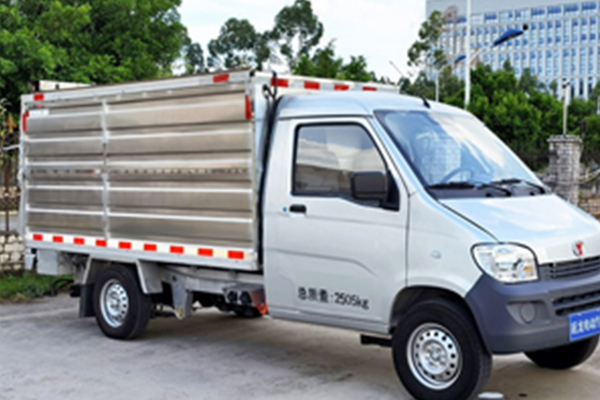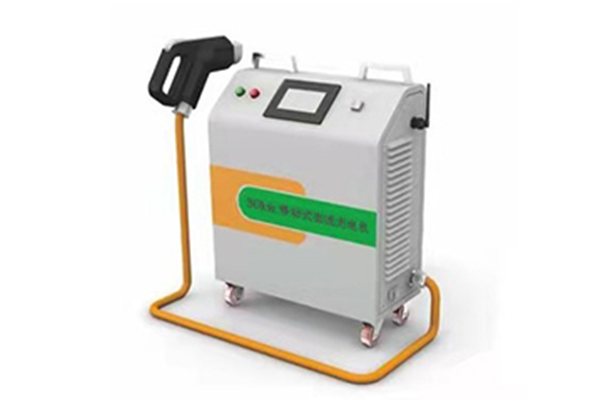Bijie Electric Vehicle Maintenance Service Center
With the gradual maturity of the entire new energy vehicle industry chain and the gradual release of market demand, the industry is about to erupt in 2018, but the problems of insufficient structural supply of charging infrastructure and the overall scale lag are increasingly prominent. It is urgent to make up for shortcomings and accelerate the construction of supporting infrastructure such as charging piles. How can we solve the problem of insufficient structural supply of charging infrastructure? Is there any successful case of innovative practice worth learning? There is a big gap in the charging pile. Under the global environment of resource conservation and green economy development, new energy vehicles are developing very rapidly. As the power guarantee of new energy vehicles, the charging pile is highly concerned by all circles. It can be said that the construction of charging infrastructure is one of the key factors affecting the promotion of new energy vehicles in China, and is more related to the development prospects of new energy vehicles.

Bijie Electric Vehicle Maintenance Service Center
DC type: a) Power input voltage of charging pile (plug): three-phase four wire 380VAC ± 15%, frequency 50Hz ± 5%; b) The charging pile (plug) shall meet the charging object; c) The output of the charging pile (plug) is DC, and the output voltage meets the battery system requirements of the charging object; d) Zui's large output current meets the charging requirements of battery system 1C of the charging object, and is downward compatible; e) The charging mode can be divided into conventional and fast charging modes. The conventional charging mode is 5-hour charging mode, and the fast charging mode is 1-hour charging mode (selected for different battery types); f) Realize intelligent IC management; g) Each charging pile (plug) is equipped with an operator for the user to select charging mode and guide operation, and display the battery status of electric vehicles and the user's IC card charge information to achieve unattended management;
Bijie Electric Vehicle Maintenance Service Center
6. Safety protection function: ① The AC charging pile (bolt) shall be equipped with an emergency stop switch, which can be used to stop charging manually or by remote communication; ② The AC charging pile (bolt) shall have the leakage protection function at the output side; ③ AC charging pile (plug) shall have output side overcurrent and short circuit protection functions; ④ AC charging post (bolt) shall have flame retardant function; 7. IP protection level: AC charging pile (plug) shall comply with IP54 (outdoor), and be equipped with necessary rain proof and sun protection devices; 8. Three proofing (anti moisture, anti mildew, and anti salt fog) protection The printed circuit board, connector and other circuits in the charger shall be treated against moisture, mildew, and salt fog. The salt fog corrosion resistance shall meet the requirements in Table 9 of GB/T 4797.6-1995 Natural Environmental Conditions for Electrical and Electronic Products Dust, Sand, and Salt Fog, so that the charger can be wet Normal operation in the environment with salt fog;

Bijie Electric Vehicle Maintenance Service Center
At present, solar cells are divided into several types according to the raw materials, structures and manufacturing methods used. Among them, crystalline silicon solar cells mostly refer to monocrystalline silicon solar cells and polycrystalline silicon solar cells using silicon semiconductor substrates as raw materials; In addition, there are amorphous silicon solar cells, which are made by evaporating amorphous silicon on glass substrates rather than silicon substrates based on the same film preparation method as liquid crystal panels. Monocrystalline silicon solar cells form solar cells on monocrystalline silicon substrates, and there are also products with conversion efficiency up to about 20%, which have excellent performance and reliability. However, the price of silicon substrate as raw material is expensive, and the power generation cost per watt is high. Although the conversion efficiency of polycrystalline silicon solar cells is lower than that of monocrystalline silicon solar cells, they have the advantage of relatively low cost.







